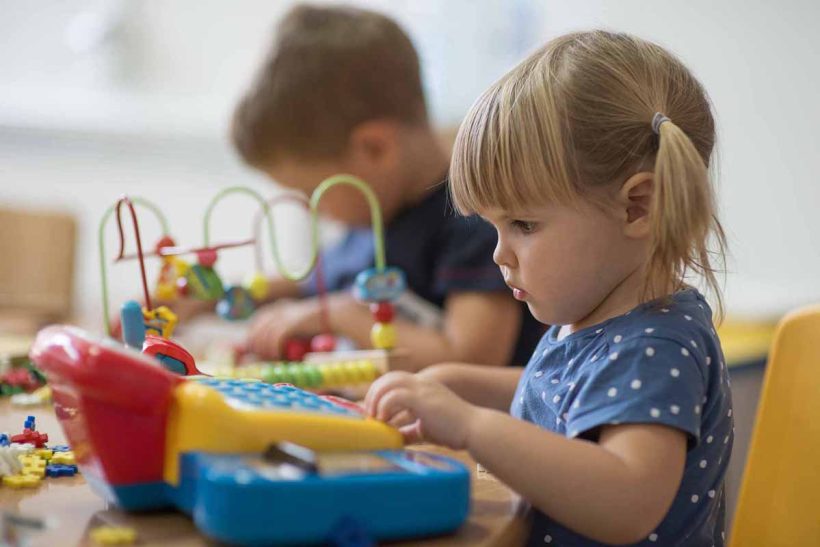5 Tips For Using Gestures To Help A Child’s Speech
Everyone uses gestures, and they are one of the key ways in which humans communicate, not only with each other, but with other animals, plus they serve another purpose which is as a tool used by speech therapists. The beauty of gestures is that everyone can make them, they are simple, and that is why parents of children with language difficulties are encouraged to use them to help that child.
This follows from the fact that not all speech and language support and therapies come in the form of spoken words. Children learn language and communication skills in several non-verbal ways which include looking at images, watching videos or movies, and watching the gestures that others make.
What Are Gestures?
It might seem like a simple question because everyone should know what gestures are, given that they make them themselves as well as understand the gestures that others make. However, ask anyone to define gestures and you will get a variety of answers. The simplest we can think of is that gestures are a physical means of communicating messages.
As for what constitutes those physical means we have to differentiate the several ways we can use our body to communicate nonverbally. These can include facial expressions and eye movements, however, in the strictest sense speech pathologists would not define these as gestures.
Gestures are instead movements we make physically with our arms and legs and upper body. In most cases, gestures are generic in the sense that if someone points their finger at something they are usually directing another person to it, or if they wave at someone in the distance they are trying to attract their attention.
However, gestures can also be used in different ways by different people depending on the circumstances. Two clenched fists might be a victory gesture after scoring a goal in a soccer match, but if someone is sitting quietly with both fists clenched and their closed eyes it could mean they are in deep thought or meditating.
Using Gestures To Help A Child’s Speech
There are several reasons why gestures can help support a child’s speech and language development These reasons include:
- Gestures are universally used as a means to communicate
- Gestures offer the child a visual prompt toward specific words
- Gestures can focus the child’s attention thus making them more likely to hear the message
- Gestures can be used to teach new and alternative words
- Gestures can build confidence as it means a child does not always have to rely on speaking to communicate what they want
Below are five tips as to how you can best use gestures to support a child’s communication skills.
Tip #1- Go Face To Face: Get on the same facial level as the child by kneeling or bending down to them. This provides an easier scenario for the child to see and tune into any gestures which you make.
Tip #2 – Use Gestures That Feel Natural: Do not use gestures randomly. Instead, think beforehand about what gestures seem the most natural, simplest, and which will be easiest for the child to understand.
Tip #3 – Begin With Words That Interest The Child: Observing a child will tell you what they are most interested in. Having done so, focus on words and gestures that the child will likely respond to. So, if they love animals use words and gestures related to animals. If it is toy cars they love playing with, do likewise.
Tip #4 – Link Gestures To The Words You Speak: It is important that for gestures to have the most positive impact, you use them consistently. This means always using the same gesture and in the same way for individual spoken words that you say to the child.
Tip #5 – Get Everyone Making Gestures: To enhance the child’s development with the help of gestures you should seek to involve everyone that the child has contact with regularly and ask them to use the same gestures as you. This can be family, neighbours, childcare staff, and teachers to name but a few.




